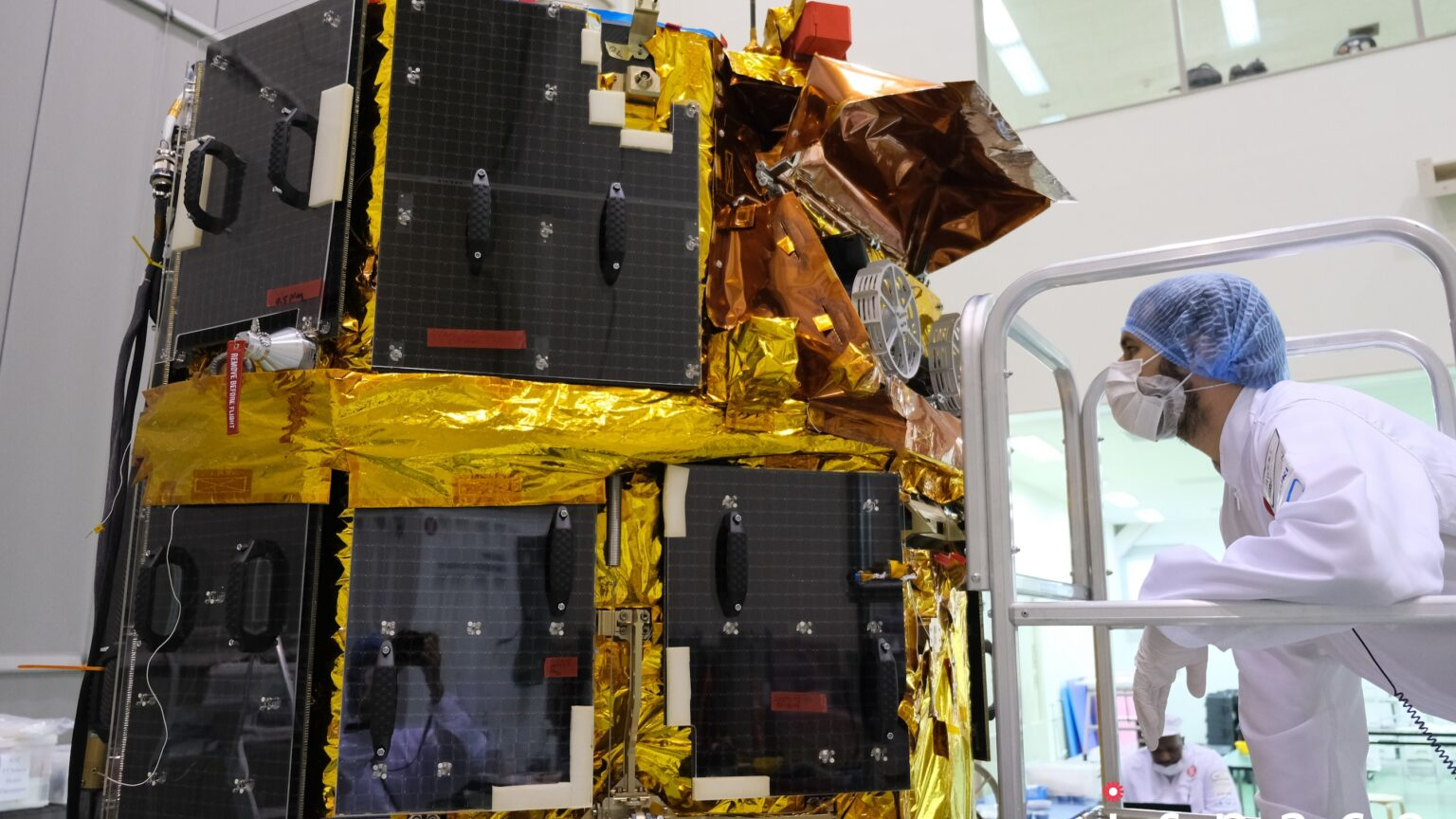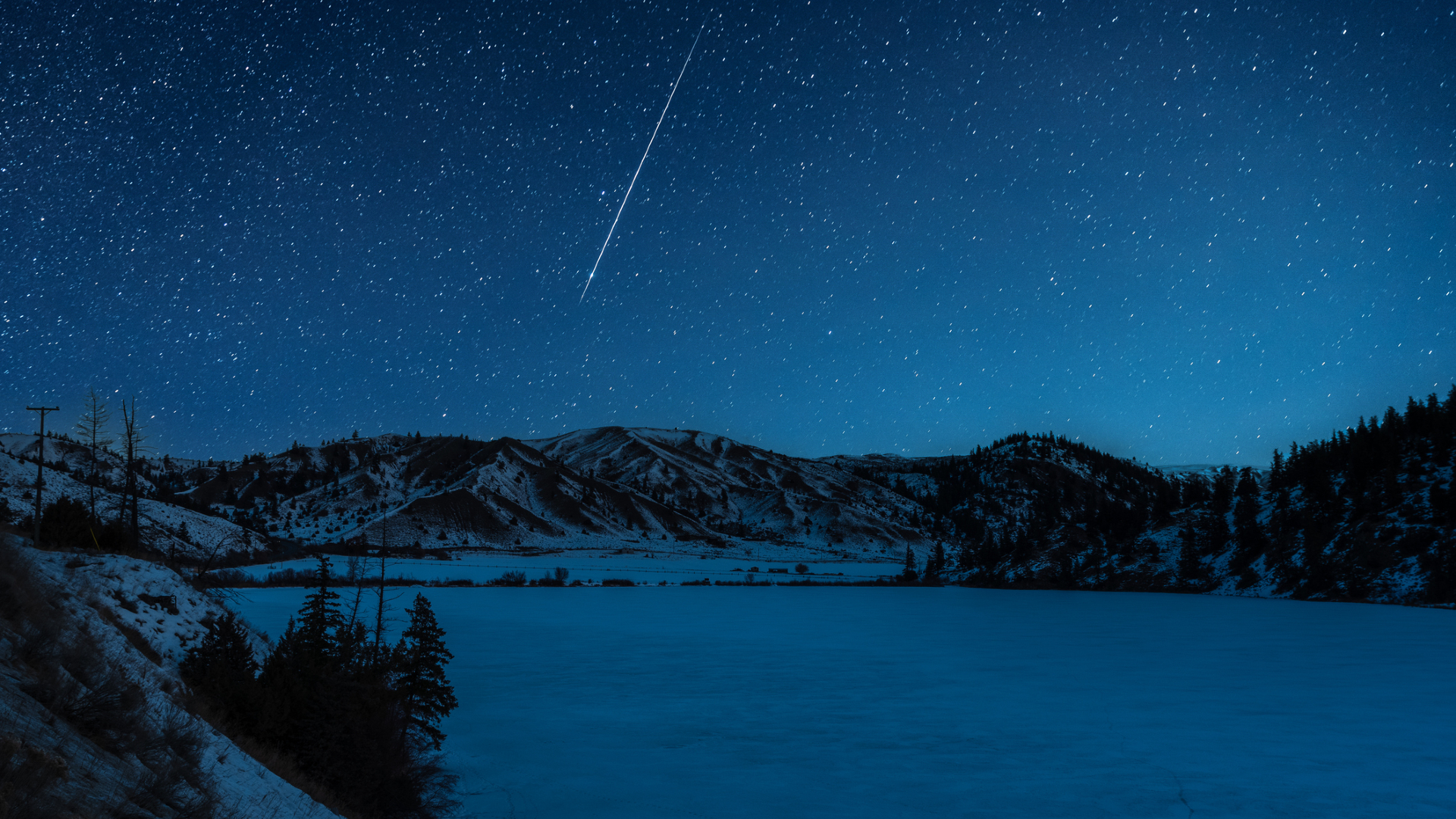Japan's ispace will launch its 2nd lunar lander to the moon in December
ispace's Mission 2 will launch no earlier than December on a Falcon 9 rocket.

Japanese space exploration firm ispace is gearing up for its second shot at landing on the moon.
The mission, featuring a lander named Resilience and a tiny rover dubbed Tenacious, is now targeted to launch from Florida's Space Coast on a SpaceX Falcon 9 rocket no earlier than December, ispace announced in a statement on Thursday (Sept. 12).
"I am very happy to announce that the Resilience lander assembly and integration is complete, and we are on schedule for our planned launch no earlier than this December," said Takeshi Hakamada, founder and CEO of ispace, at a press conference. "The landing site has been decided, and preparations for Mission 2 are progressing steadily."
The primary landing site for Resilience is near the center of Mare Frigoris, or the "Sea of Cold," which lies at 60.5 degrees north latitude and 4.6 degrees west longitude.
The site was chosen based on engineering and operational constraints, as well as scientific value, according to ispace. Criteria included continuous sun-illumination and communication visibility from Earth. Contingency sites are also in place to ensure operational and scientific flexibility.
Related: Japan's ispace will fly a tiny European-built lunar rover to the moon this year (photo)
Mare Frigoris is a vast basaltic plain in the moon's far north. If successful, Mission 2's landing would be the most northerly touchdown on the moon so far. A prospective landing date was not revealed.
Breaking space news, the latest updates on rocket launches, skywatching events and more!
The Resilience lander will carry five payloads, including water electrolyzer equipment from Takasago Thermal Engineering Co., a self-contained module for food production experiments from Euglena Co., a deep-space radiation probe developed by the National Central University in Taiwan, and a commemorative alloy plate developed by Bandai Namco Research Institute, Inc.
The fifth payload is Tenacious. The 10.24-inch-tall (26 centimeters) micro rover, developed by ispace's Luxembourg-based subsidiary, will sport a forward-mounted HD camera. The rover will also carry "Moonhouse," a small red house framed in white from artist Mikael Genberg.
The mission is based on ispace's roughly 2,200-pound (1,000 kilograms) HAKUTO-R lander and will be the firm's second effort at a moon landing. The first attempt, in April 2023, failed due to an onboard altitude sensor being confused by the rim of a crater. The new Resilience lander features upgraded software and other adjustments based on the experiences from the first mission.
Mission 2 follows a flurry of lunar landing missions in 2024. The Japanese space agency's SLIM ("Smart Lander for Investigating Moon") probe made a successful, yet lopsided, lunar landing in January, while a pair of commercial lunar landing attempts were made by U.S. companies earlier this year. Astrobotic's Peregrine suffered issues early in its flight and reentered Earth's atmosphere over the Pacific, while Intuitive Machines' Odysseus landed on the moon but tipped over. China's Chang'e 6 mission landed on the far side and successfully returned samples to Earth.
Looking to the future, ispace is also developing a larger lander, named Apex 1.0. It is expected to fly on Mission 3 around 2026.

Andrew is a freelance space journalist with a focus on reporting on China's rapidly growing space sector. He began writing for Space.com in 2019 and writes for SpaceNews, IEEE Spectrum, National Geographic, Sky & Telescope, New Scientist and others. Andrew first caught the space bug when, as a youngster, he saw Voyager images of other worlds in our solar system for the first time. Away from space, Andrew enjoys trail running in the forests of Finland. You can follow him on Twitter @AJ_FI.

